We use 3 and 4 point starters in DC motors. What happens if a DC motor is started without a starter? Let’s check it.
Consider a dc motor at standstill. When a dc motor is at rest the speed of the motor is zero, therefore the back emf is zero.
Consider a dc motor at standstill. When a dc motor is at rest the speed of the motor is zero, therefore the back emf is zero.
We know that Back Emf, Eb= V – IaRa
Therefore, Ia = (V – Eb)/Ra
Armature resistance Ra in a DC motor is very small. Now at rest Eb=0 and Ra is negligible. Hence from the above equation, Ia will be very high.
Therefore when the motor is directly connected to the supply lines a heavy current will flow through the armature conductors. This heavy current is very dangerous.
In order to limit this heavy current, we use the starter in a DC motor.
In order to limit this heavy current, we use the starter in a DC motor.
The example given below will give you more idea about this.
How Starter Works?
To understand how the starter works, consider a 400V, 20kW, dc motor with a total resistance of 0.5 Ohms.
If this motor is directly connected to the supply, it will draw a current of 400/0.5= 800 Amps.
If this motor is directly connected to the supply, it will draw a current of 400/0.5= 800 Amps.
The full load current of the same motor is 64 Amps. The starting current is therefore 12.5 times that of full load current.
This gives rise to heating and mechanical forces of 150 times full load values.
Problems of heavy inrush current at the starting time
✈ Heavy sparking at the commutator and even flashovers.
✈ Damage to the armature windings.
✈ Damage to rotating parts of the motor.
✈ Large dip in supply voltage.
Hence for the protection of the motor from high current during starting period (say 5 to 10 seconds), it is necessary to connect a high resistance in series with the armature of the motor at the starting period.
The resistance should gradually cut in steps as the motor gains speed and develop back emf.
Hence, the starter is essential for DC motors.
The resistance should gradually cut in steps as the motor gains speed and develop back emf.
Hence, the starter is essential for DC motors.
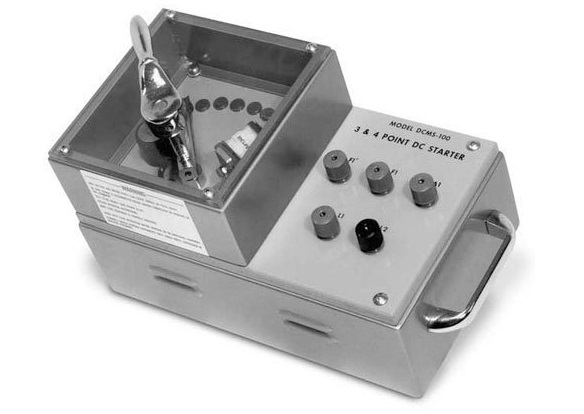

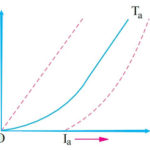
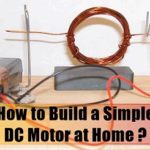
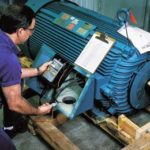
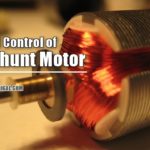

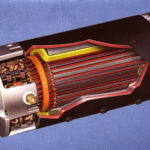
Comments are closed.